DUKE ELLINGTON
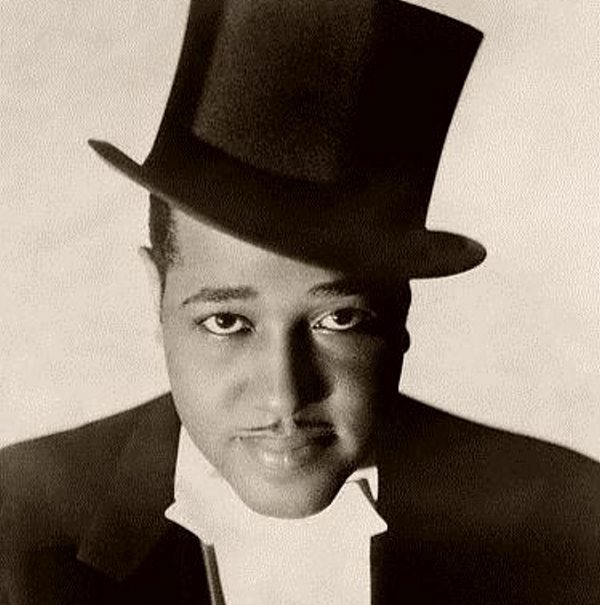
Releases
 Bebo Valdés Vs. Noro Morales
Bebo Valdés Vs. Noro Morales 101 Big Bands Swing
101 Big Bands Swing Summertime, Duke Ellington
Summertime, Duke Ellington Mood Indigo, Duke Ellington
Mood Indigo, Duke Ellington Showcase, Duke Ellington
Showcase, Duke Ellington Blossom, Duke Ellington
Blossom, Duke Ellington Duke Ellington, Duke Ellington
Duke Ellington, Duke Ellington Cabin In The Sky (1943)
Cabin In The Sky (1943) Piano Artistry, Don Shirley
Piano Artistry, Don Shirley Seductive Saxsophone, Dolf Van Der Linden
Seductive Saxsophone, Dolf Van Der Linden Blues And Sentimental Sax, Don Byas
Blues And Sentimental Sax, Don Byas La Antorcha, June Valli
La Antorcha, June Valli Hey, Mister Banjo, Alice Babs
Hey, Mister Banjo, Alice Babs Classics New Orleans And New York, Louis Armstrong
Classics New Orleans And New York, Louis Armstrong Swinging, Conrad Gozzo
Swinging, Conrad Gozzo The History Of Jazz
The History Of Jazz Ballroom, Swing, Bailes De Salón
Ballroom, Swing, Bailes De Salón 50 Big Bands And The Best Swing For Dancing
50 Big Bands And The Best Swing For Dancing 100 Vintage Jazz Favorites
100 Vintage Jazz Favorites 100 Jazz Grand Reserve
100 Jazz Grand Reserve Jazz In The Night, Varios Artists
Jazz In The Night, Varios Artists Grammy Hall Of Fame
Grammy Hall Of Fame 100 Best Dance Orchestras
100 Best Dance Orchestras
Videos
Biography
Ellington’s band made its first European trip in 1932. After World War II (1939–45), the band toured Europe regularly, with short trips to South America, the Far East, and Australia. One peak period for the band was from 1939 to 1942, when many critics considered its performances superior to any other jazz ensemble (group).
As a composer Duke Ellington was responsible for numerous works that achieved popular success, some written with his band members and with his co-arranger Billy Strayhorn. The Duke’s most significant music was written specifically for his own band and soloists. Always sensitive to the nuances (small variations) of tone of his soloists (single performers), Ellington wrote features for individual sidemen and used his knowledge of their characteristic sounds when composing other works. His arrangements achieved a remarkable blend of individual and ensemble contributions. However, because most of his works were written for his own band, interpretations by others have rarely been satisfactory.
With Creole Rhapsody (1931) and Reminiscing in Tempo (1935) Duke Ellington was the first jazz composer to break the three-minute time limitation of the 78-rpm record. After the 1940s he concentrated more on longer works, including several suites (arrangements of music) built around a central theme, frequently an aspect of African American life. Always a fine orchestral pianist, with a style influenced by the Harlem stylists of the 1920s, Ellington remained in the background on most of his early recordings. After the 1950s he emerged as a highly imaginative piano soloist.
Duke Ellington was the recipient of numerous Grammy Awards throughout his career, and in 1959 he was awarded the Springarn Medal from the National Association for the Advancement of Colored People (NAACP). He was nominated for the Pulitzer Prize in 1964. The city of New York gave him a prize and Yale University awarded him a doctor of music degree in 1967; Morgan State and Washington universities also gave him honorary degrees that year. On his seventieth birthday Ellington was honored by President Richard Nixon (1913–1994) at a White House ceremony and was given the Medal of Freedom. In 1970 he was elected to the National Institute of Arts and Letters.
Duke Ellington continued to compose and perform until his death from lung cancer on May 24, 1974, in New York City. His band, headed by his son Mercer, survived him, but as Phyl Garland of Ebony magazine writes, the elder Ellington will always be remembered for “the daring innovations that came to mark his music—the strange modulations (changing from one key to another) built upon lush melodies that ramble into unexpected places, the unorthodox (untraditional) construction of songs.…”
Ellington’s legacy is that he remains one of the greatest talents in all of jazz, a remarkable feat considering the history of jazz is packed with legendary names. His influence over musicians is as important today as it was during Ellington’s time.



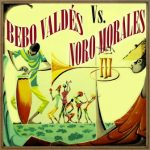 Bebo Valdés Vs. Noro Morales
Bebo Valdés Vs. Noro Morales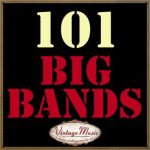 101 Big Bands Swing
101 Big Bands Swing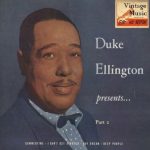 Summertime, Duke Ellington
Summertime, Duke Ellington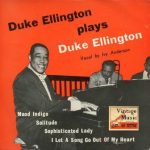 Mood Indigo, Duke Ellington
Mood Indigo, Duke Ellington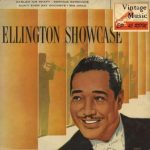 Showcase, Duke Ellington
Showcase, Duke Ellington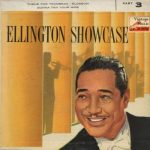 Blossom, Duke Ellington
Blossom, Duke Ellington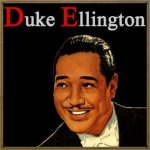 Duke Ellington, Duke Ellington
Duke Ellington, Duke Ellington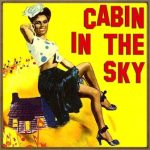 Cabin In The Sky (1943)
Cabin In The Sky (1943)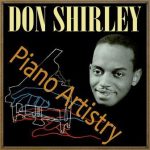 Piano Artistry, Don Shirley
Piano Artistry, Don Shirley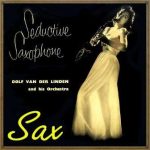 Seductive Saxsophone, Dolf Van Der Linden
Seductive Saxsophone, Dolf Van Der Linden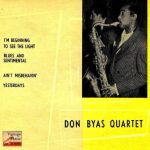 Blues And Sentimental Sax, Don Byas
Blues And Sentimental Sax, Don Byas La Antorcha, June Valli
La Antorcha, June Valli Hey, Mister Banjo, Alice Babs
Hey, Mister Banjo, Alice Babs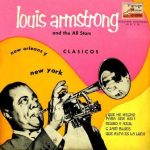 Classics New Orleans And New York, Louis Armstrong
Classics New Orleans And New York, Louis Armstrong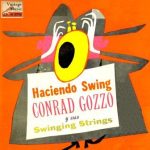 Swinging, Conrad Gozzo
Swinging, Conrad Gozzo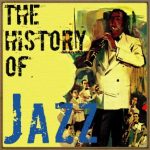 The History Of Jazz
The History Of Jazz Ballroom, Swing, Bailes De Salón
Ballroom, Swing, Bailes De Salón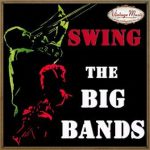 50 Big Bands And The Best Swing For Dancing
50 Big Bands And The Best Swing For Dancing 100 Vintage Jazz Favorites
100 Vintage Jazz Favorites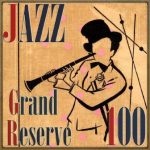 100 Jazz Grand Reserve
100 Jazz Grand Reserve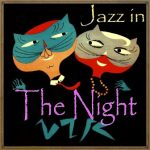 Jazz In The Night, Varios Artists
Jazz In The Night, Varios Artists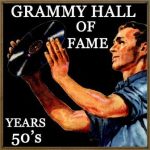 Grammy Hall Of Fame
Grammy Hall Of Fame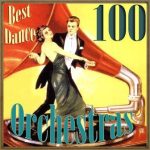 100 Best Dance Orchestras
100 Best Dance Orchestras



